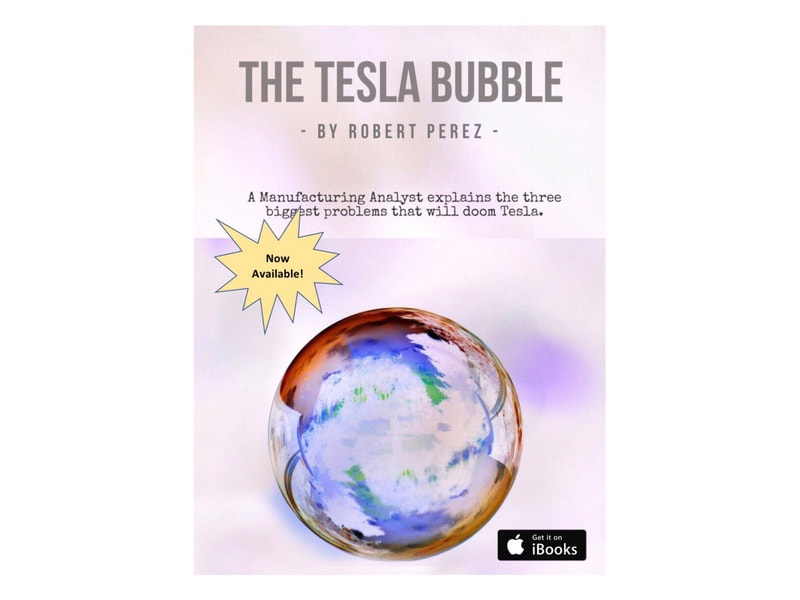So, I’d suggest something like this:
iPhone mini (for SE 2)
iPhone (for LCD model)
iPhone Pro (for X successor)
iPhone Plus (for larger model of X successor)
We’d then have a logical range in terms of size and price, a single design – and a meaningful set of names. —Ben Lovejouy, 9To5Mac
I read Ben’s article while in the middle of reading Bob Lutz’s excellent book on leadership Icons and Idiots. It struck me how similar Apple’s iPhone name problem of today resembles BMW’s name problem of the 1970s. Bob Lutz was BMW’s Executive Vice President of Sales and Marketing when this issue came to a head and here’s an excerpt from his book where he discusses it.
“Another set of turbulent discussions took place over the proper badging of BMW cars. Back in the 1960s, it was simple: the various body sizes were each equipped with one engine size. Thus, the smallest BMW (abandoned in the ’60s) was the 700, its engine size in cubic centimeters. The high-volume sedan was the 1600, and the largest car was the four-door BMW 2000, so named for its two-liter, four-cylinder engine. But the complexity generated by offering larger engines in the smaller cars soon reared its head. What to do when you put the two-liter engine in the 1600? Call it the 1600-2000? The 1600 Two-Liter? That conundrum was resolved by the designation 2002, which became a wildly popular car and perhaps the most iconic BMW ever. Although that fix worked, we could see that the designation system was doomed. With the new midsize BMW sedan (now called 5 Series), we had a real problem, for it was later to be offered with the six-cylinder engine of the large (now 7) series. These were named by their engine size, 2500, 2800, and a slight departure, 3.0. So, what to call “a midsize BMW with the 2800 cc six? The 2000-2.8? 2.0-2.8? The organization was churning, trying to find a solution, and the decision deadline for tooling the badges was fast approaching. I was wracking my brain for a logical answer as well, to no avail.”
“The solution presented itself quietly and unexpectedly in the form of Oskar Kolk, my quietly professional, self-effacing domestic sales manager. He had asked to see me after hours and now sat facing me across the desk. He apologized for the intrusion and explained that all of this really wasn’t any of his business, he knew he wasn’t in Marketing, that his suggestion probably was worthless, etc. He then unfolded a carefully handwritten sheet upon which, in 100 percent detail, was contained BMW’s brilliant model designation, the oldest, clearest, most logical in the industry.”
“My thought,” Kolk said, “was to call the smaller cars the 3 Series, the midsize ones 5 Series, and the big ones the 7 Series. That would always be the first, identifying digit. The second two digits would connote engine size, so you could have a 316, 318, 320, 325, even a 330 with the big six. The upcoming midsize car would start with the 2-liter four, so it would be the 520. Later, when it gets the 2.5-liter six, it “becomes the 525, and nobody would confuse it with the big, current 2500, because that one becomes the 725!”—Bob Lutz, Icons and Idiots
The brilliant part of BMW’s segmentation is that it doesn’t preclude the lower series from getting premium options if the customer is willing to pay for it. Just because a car is a 3 series doesn’t mean it will cost less than a 5 series. Likewise, I think Apple could use this same flexibility. An iPhone Mini with dual camera’s and 3D Touch would be awesome for some people.
Now available in iBooks —> The Tesla Bubble




 RSS Feed
RSS Feed